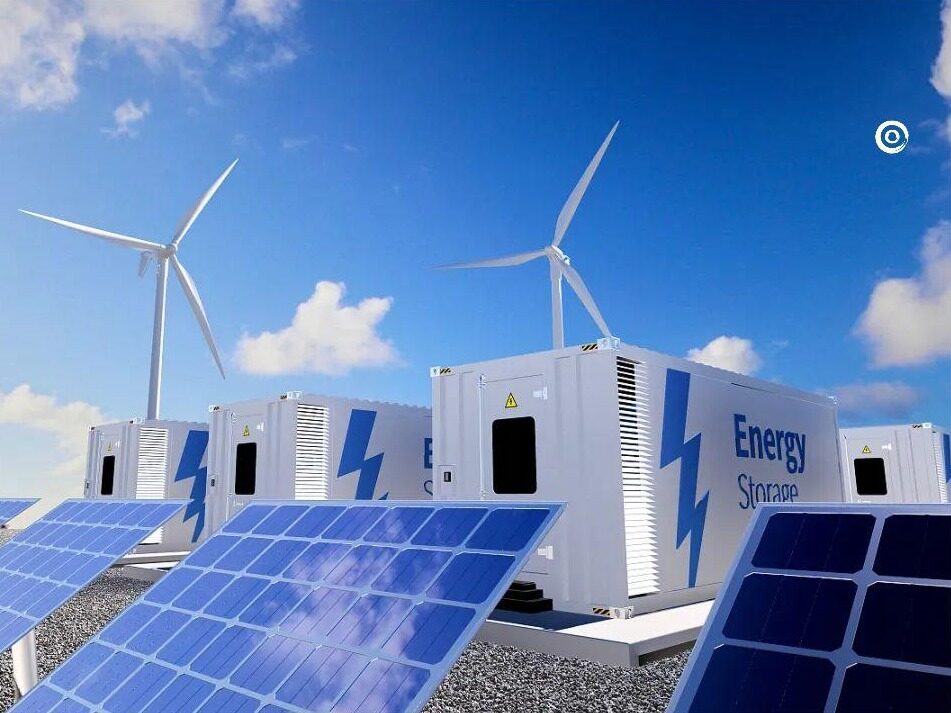- The signing of the nuclear power agreement will prompt Cambodia to cooperate with China and Russia in nuclear energy

In the context of global promotion of carbon neutrality, it has greatly promoted the development of global clean energy. Cambodian Environment Minister Samar said that the Cambodian government has signed agreements with the Russian Atomic Energy Corporation and China National Nuclear Corporation. The memorandum of understanding aims to promote nuclear energy cooperation and the application of nuclear technology in priority areas such as industry, agriculture, food safety, energy, construction, environment and medicine.
The Cambodian government is negotiating with China and Russia to establish a nuclear power plant in the Kingdom. A senior official said that the three countries have signed a memorandum of understanding (MOU).
Cambodian Environment Minister Samar said that the Cambodian government has signed agreements with the Russian Atomic Energy Corporation and China National Nuclear Corporation. The memorandum of understanding aims to promote nuclear energy cooperation and the application of nuclear technology in priority areas such as industry, agriculture, food safety, energy, construction, environment and medicine.
In 2020, Cambodia’s electricity supply will consist of 60% of coal and natural gas, and the rest will come from a combination of hydropower, solar, biomass and other renewable energy sources.
Energy Minister Suy Sem said this month that he expects Cambodia's economic recovery to push electricity demand to the level before the outbreak. He said that demand before 2020 will grow at a rate of 15% to 23% per year, adding that demand may even exceed the level of growth before 2020.
The vast majority of nuclear power is generated by the nuclear fission of uranium and plutonium in nuclear power plants. Civil nuclear power provided 2,586 terawatt hours (TWh) of electricity in 2019, equivalent to about 10% of global power generation, and is the second largest low-carbon energy source after hydropower.
As of January 2021, there are 442 civil fission reactors in the world, with a total generating capacity of 392 gigawatts (gW). There are 53 nuclear power reactors under construction and 98 reactors are planned, with a total installed capacity of 60 GW and 103 GW respectively. The United States has the largest nuclear reactor fleet, generating more than 800 TWh of zero-emission electricity each year, with an average capacity factor of 92%. Most of the reactors under construction are third-generation reactors in Asia.
Compared with other energy sources, nuclear power is one of the safest energy sources per unit of energy. Due to air pollution and accidents, coal, oil, natural gas, and hydropower have caused more deaths per unit of energy. It is estimated that since the commercialization of nuclear power in the 1970s, nuclear power has prevented about 1.84 million people from deaths related to air pollution and reduced emissions of about 64 billion tons of carbon dioxide equivalent, which would otherwise be produced by burning fossil fuels. Editor/Xu Shengpeng
Comment
 Praise
Praise
 Collect
Collect
 Comment
Comment
 Search
Search














Write something~